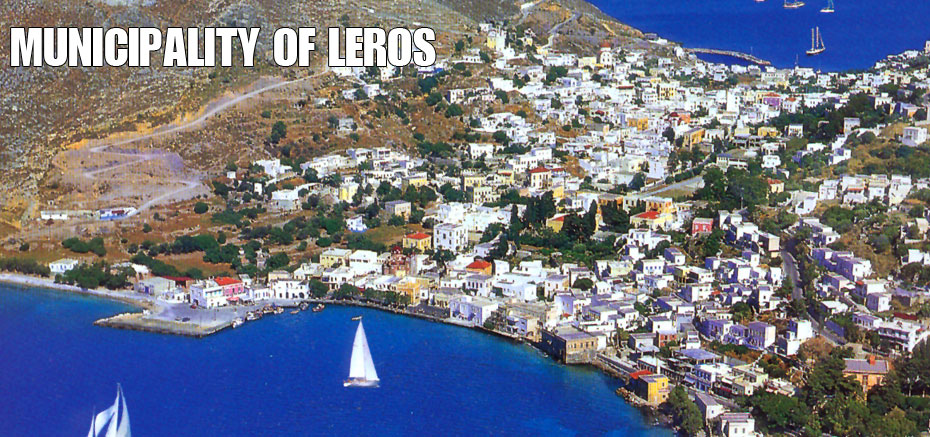The residential development of Leros is concentrated in the central area of the island, by the Bay of Alinta-Pandeli and the Bay of Lakki where 75% of the total population lives. The rest of the inhabitants live in Gourna, Xerokambos and the Bay of Partheni.
In Leros, one sees three kinds of developed areas. In the island’s capital, there is the traditional island, residential type with its compact and rapid evolution, plain, two-storey constructions with small openings, the flat roof tops and white coloured exterior façades. On the contrary, the unique layout at Lakki, which was primarily built during the Italian occupation with its street plans, presents an image with a foreign influence.
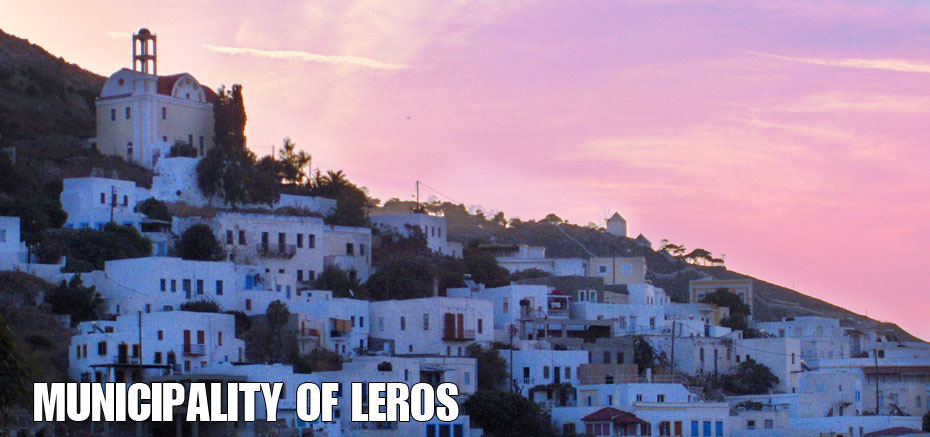
The monumental two-storey buildings give a special morphological dimension to the settlement. Buildings of the same period are scattered throughout Leros, as well. In Gourna, Alinta and Xerokambos people live in an environment which is not densely structured, with a combination of traditional peasant-type homes and modern mansions. Further, scattered throughout the island, there are architectural monuments of recent history such as towers and neo-classical buildings indicating economic prosperity and a boom to the standard of living from the end of the 19th to the beginning of the 20th century.
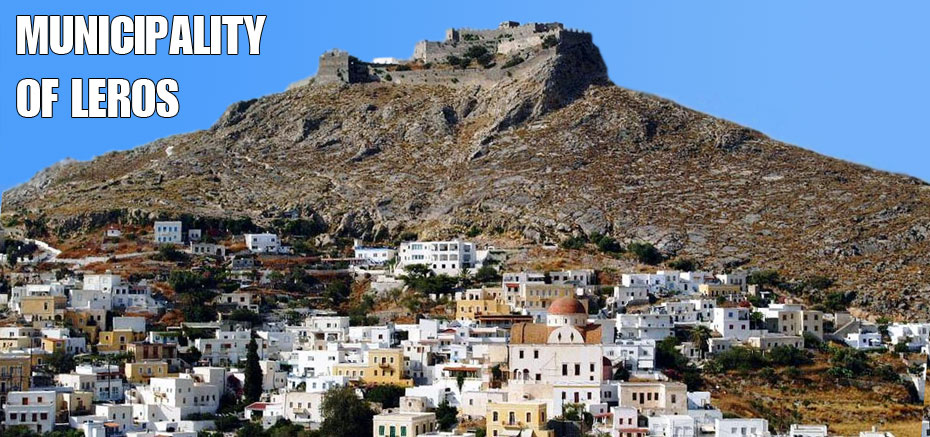
As examples, we can refer to the School and the House of Kandioglou at Platanos, as well as the Beleni Tower in Alinta, where the Folkloric Museum has been established. Last but not least, we refer to the windmills located at the fringe of the Castle at Platanos.
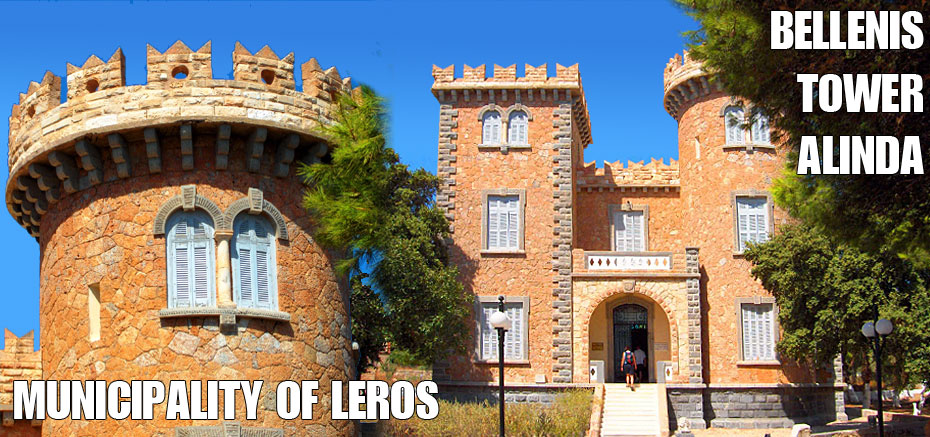
The Italian Occupation (1912 – 1943) is a very significant period for architectural and land-planning diversion as it placed the historical Byzantine, Venetian and Islamic period of island into the public architectural infrastructure. The Italians managed to accomplish the greatest city planning intervention with the construction of the new city, Porto Lagos. Architectural developments by architects Petracco and Bernabiti, are considered to be representative unique building groups of the newer city.
Both residential estates at Lakki-Alinta-Partheni and Agia Marina-Platanos-Panteli have been characterized as traditional buildings by the Ministerial Decision Number 19.10.78 as published in the official Government Paper 594D. Further, there is both a city and street planning layout for Lakki and Agia Marina.
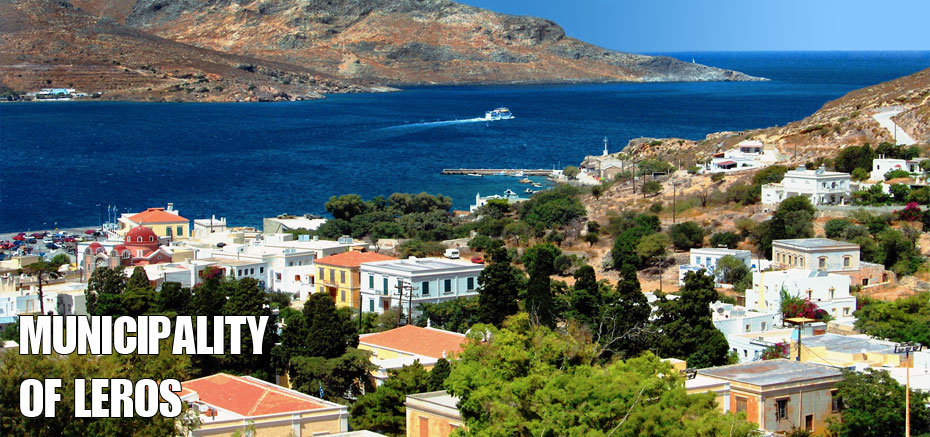
Among the most significant buildings and monuments are:
- The Castle at Platanos is one of Greece’s best preserved medieval castles and constitutes the symbol and landmark of Leros
- The Castle at Lepida (known as Paliokastro) in Xerokambos is considered unique because on the surrounding external walls of the castle, the foundation of the so-called “ospitia”, or cells of 180 small homes still remain. Originally, these homes were occupied by the guards of the fortress and the later the area’s inhabitants lived in these homes as protection from foreign invasions.
- A great number of Byzantine temples. Among them are Agios Ioannis Theologos of the 11th century. In Lakki, Agion Anargiron, Theotokou in Temenia, the Virgin Mary of the Castle, Palaeokastro, Tessarakonta Martires in Alinta, Kyra-Matronis in Agia Kioura, Profitis or the Prophet Zachariou in Schinonta, the Virgin Mary Limniotissa in Lakki, Agios Ioannis at Drymonas and the Virgin Mary Gourlomata.
- The architectural appearance of Leros presents specific interest. Both conquistadors and visitors to the island have influenced the island’s architectural style as they have left their mark on Leros since 3000 B.C.
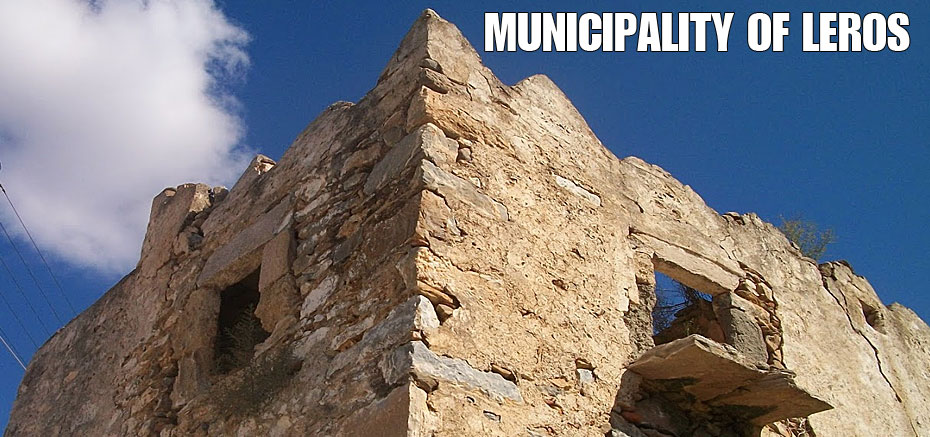
Today’s developed landscape is a unique variety of both appearance and style. It expresses Europe’s architectural trends of primarily the last two centuries and includes the Turkish and Medieval influence and the local island-styled architecture.
The predominant trends which were brought back to the island by the inhabitants of Leros after immigrating to Egypt are variations of the neo-classic style. Variations of this style including the Italian Rationalism evident in the architectural style at Lakki s have spread throughout the island and represent similar architectural styles like the Bauhaus development popular in Europe at that time.
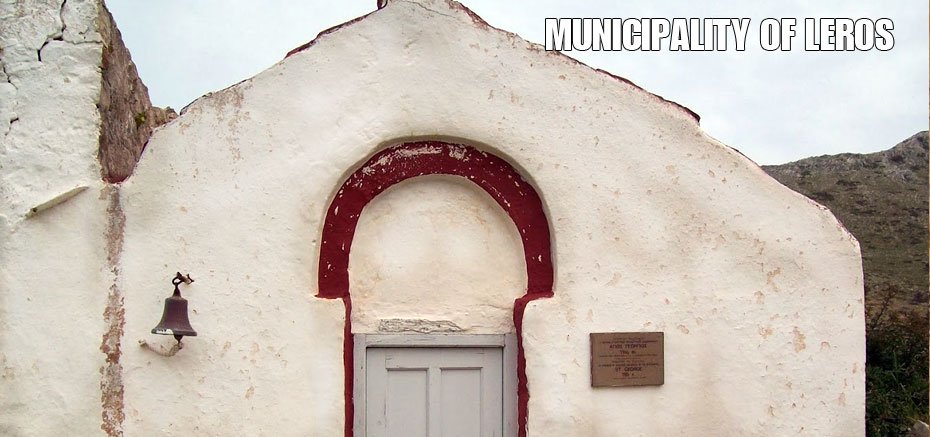
The architect Ms. Marina Veniadou (Leros, Melissa ed., 1984) has identified the local architecture and has listed several types of building styles in the 1984 publication of Melissa, Leros. Some of these are listed below.
The Medieval house of Leros had a rather defensive appearance depicting weapons that scald the enemies or other war-like figures. This type of house was not only used as a seasonal residence, but also as a warehouse for the year’s crop. Remains of this style can be seen on the three small towers in Lakki, Agios Theologos and Gourna which were thankfully rescued.
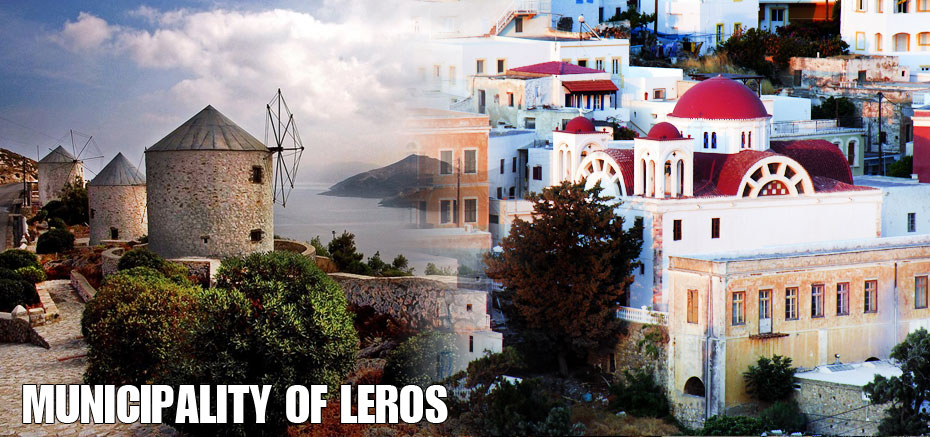
The country house or residence, which is scattered throughout Leros primarily at the outskirts of the settlements and in the country side, is small, cubic and usually has a single storey and is similar to the ones on the neighbouring islands of Lipsi and Patmos. Its architectural style dates back to the last two centuries.
At the beginning of the last century, the urban home was in the spotlight. It is clearly more comfortable with two or three stories and is also bigger. Most of these houses have simplified, neo-classic elements of appearance with plain frames in the openings, symmetry of views mixed with local touches of folkloric architecture, like the wooden balconies and the wooden or iron railings and window frames. In Platanos and the neighbourhood of Kastro, in Agia Marina, in Alinta and in Lakki, there are such houses. They present common morphological and constructive characteristics. The basic building materials are stone, porous stone and granite. The special local constructions are patelia, tsati, gkoukoules, kravati, (local names that stand for construction types) like the wooden parapets on balconies.
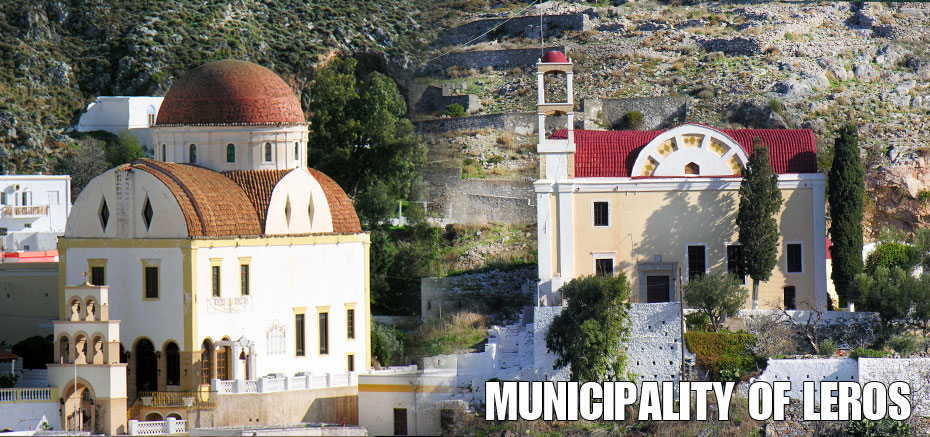
At the same period, the people of Leros who had immigrated back from Egypt built remarkable, neo-classical homes which proved to be indicative of a flourishing community both culturally and economically speaking and are worth mentioning. These buildings are concentrated in one specific area or are scattered throughout Agia Marina, Platanos, Lakki, Panteli and the outskirts of Lakki towards Agios Theologos with limited examples of such homes in the Alinta area were developed by the Italians.
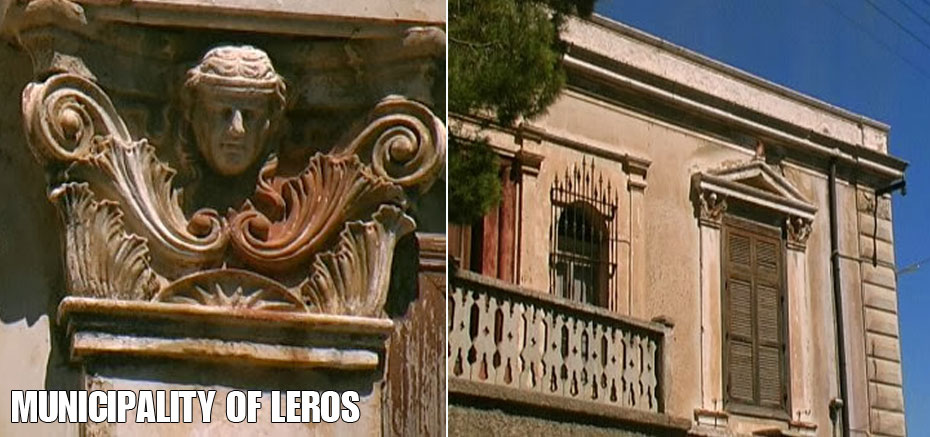
These neo-classical developments vary in style. Many of them are classified as Elite in style, while others have been influenced by the local architecture, with wooden terraces without fourousia, with wooden or plaster parapets and simplified façades without decorative details. Those larger-sized buildings dominate the developments but at the same time they completely compliment the other plainer, less-elaborate buildings in the same are. This combination adds a distinct charisma to the area and generates respect by embracing both culture and prosperity.
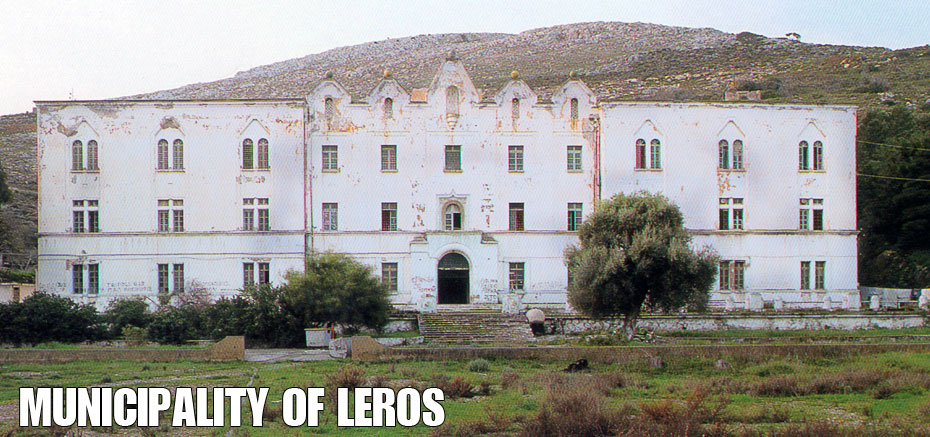
The Italian developments were established by the Italians during their occupation of Leros from 1912 to 1943. During this occupation, they built Leros with the intent of developing it into both a strategic aerial and nautical base of dominance in the Aegean. The area of Lakki was designated as the Administrative Base for their settlements with a very optimistic outlook for its future.
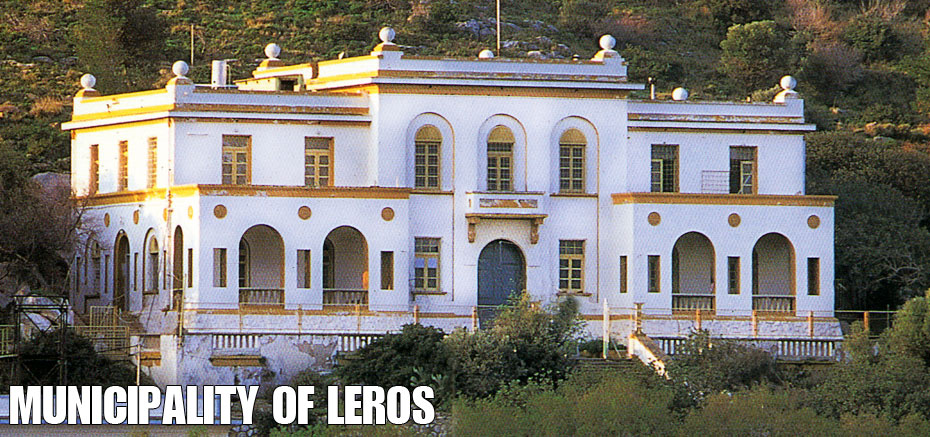
Lakki is an integrated model for urban design by combining city planning with strategic land development for each building as well as the architectural planning for all kinds of units and buildings. These buildings are stylish and identical and have been influenced the European trends of that period.
Italian Rationalism with its modern formation combined with Bauhaus characteristics and industrial aesthetics dominate that architectural period.
Characteristics of this style are the big solid surfaces, and the combination of simple geometric mass and plain lines, curves or straight lines, with big windows without decorative elements, defined only by their function. They are usually two-storey buildings, with elevations that emphasize the use and function.
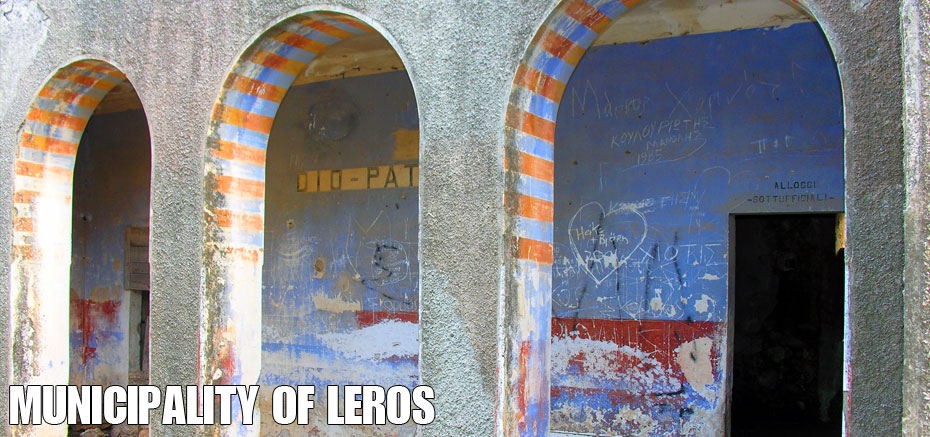
Administration buildings, shops, clubs, hospital, barracks and residences for the Italian people are all housed in such buildings and can be seen primarily at the beach of Agia Marina .Public services such as the Police station, the Customs Office and the Radio Station operate from these buildings.
Moreover, the Italian radio station building and remains in Merikia and the building units of the State Infirmary are all a small distance away from Lakki. Neo-classical, archaeological representations as well as examples from the Italian Renaissance era can be seen in this area.
However, there are Italian buildings with massive storage facilities and special morphology, with a two-sided roof and a narrow side street leading to the entrance of the building. Such buildings are situated in Lakki and four of them are at the crossroads to Kamara.
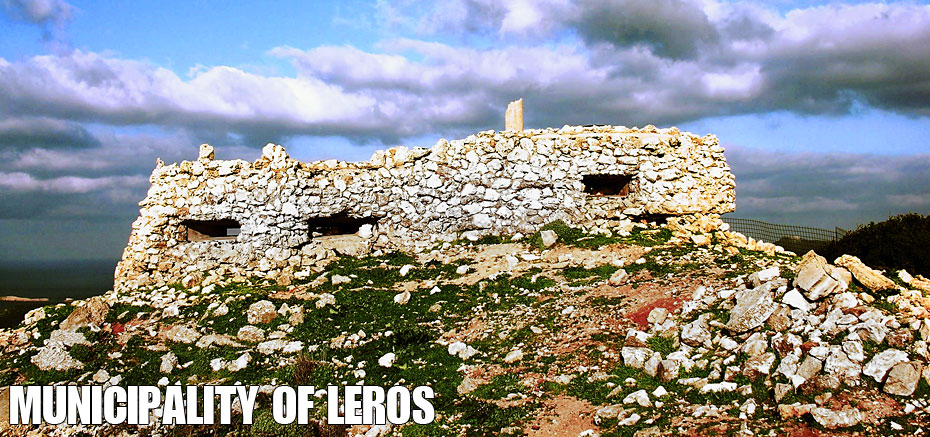
There are only a few Italian buildings, influenced by Renaissance that we consider to be significant due to their size, positioning and their aesthetic value that are characterized as building landmarks: The Administration Building of the Italian Marine services at Lakki as well as the Administration Building in Lepida are such examples.. While the first building mentioned is practically no longer in use, the second has been abandoned and unfortunately it is ready to collapse.
Besides the categories mentioned above, various other building types are highlighted throughout the area. One can see plain, neo-classical houses with a local influence such as the homes of the noblemen basic categories above, historical, folkloric homes with a Turkish and neo-classical influence as well as homes with simple lines, long façades and a repetition of elements which is characteristic of the Italian style.
Churches and country churches:
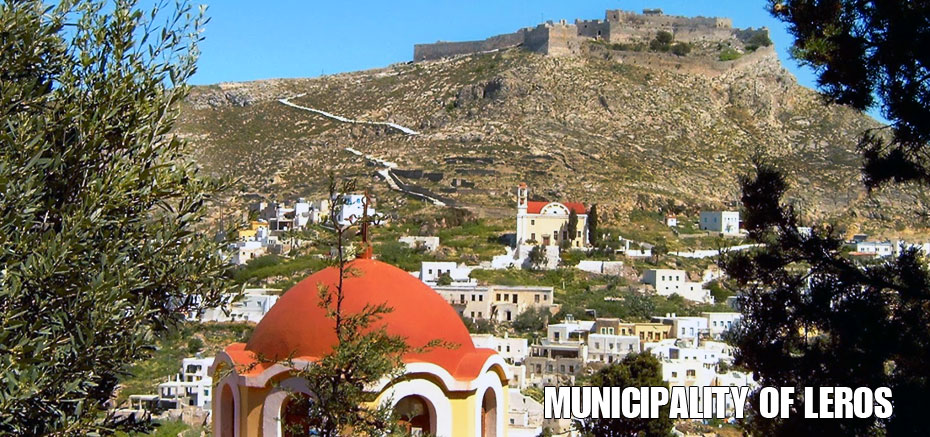
Many of the island’s churches have special value and importance and are characteristic of the Byzantine and Western architectural styles. Such churches are located in the town centres of Agia Paraskevi, Christos, the Mitropolis, Agia Marina, Sotirios near Town Hall. Many of them are purely Byzantine, like Agios Georgios, Agios Ioannis Theologos out from Lakki.
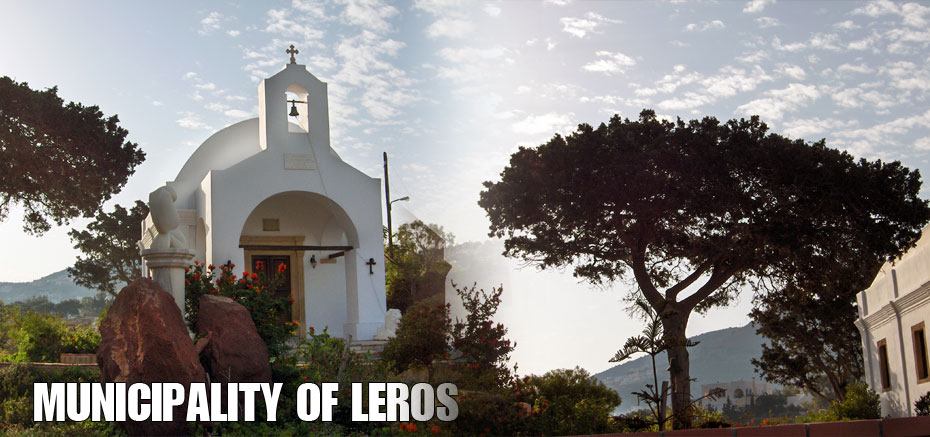
The churches of Agios Nikolaos in Lakki and the Italians’ Church of Agios Fragkiskos are a characteristic of the Italian rationalism with representation of the European tendencies overall.
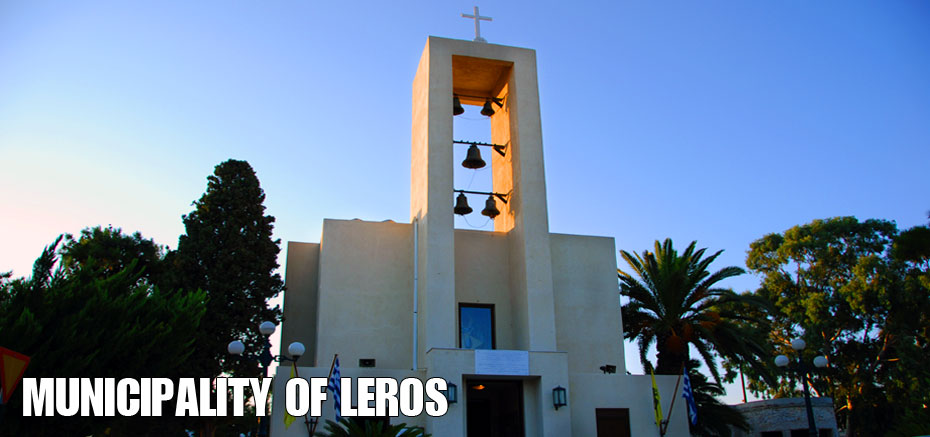
Scattered throughout the island are many, beautiful country churches. Each one has its own aesthetic appearance and style.
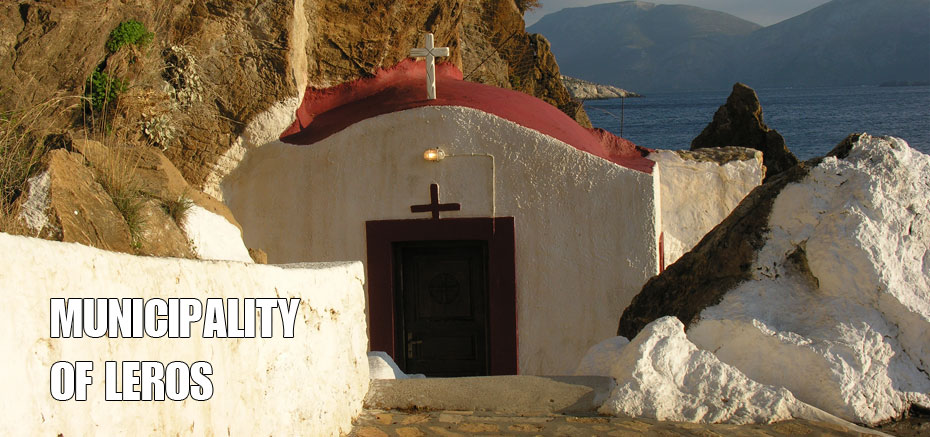
Combined with other buildings, the country churches add a sense of intimacy with a divine element contributing to people’s daily lives. Overall, it’s clear there’s a very is a warm, human element with respect to religion and contributes to people’s well-being.
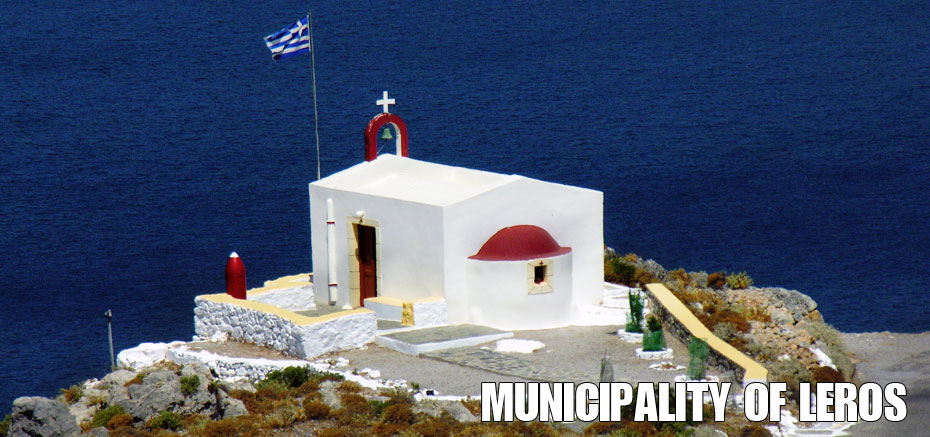
Windmills
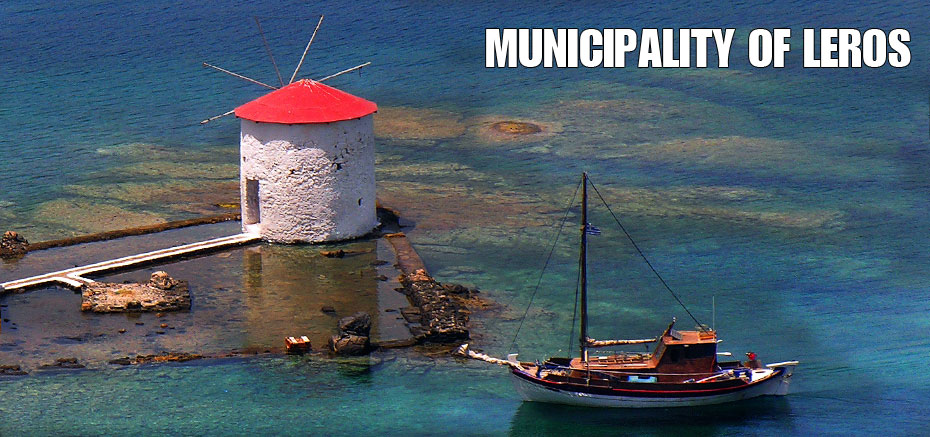
Isolated or clustered in groups, windmills can be seen at Agia Marina and around the picturesque area of Kastro (Castle).
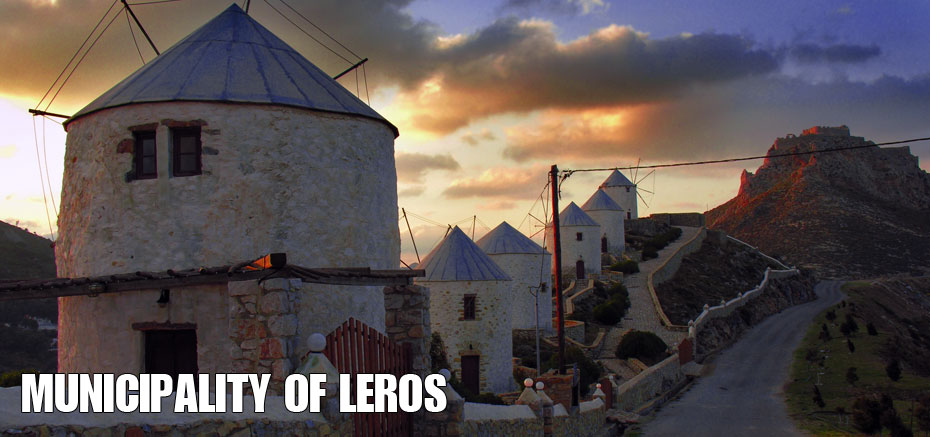
The combination of buildings with different styles and a variety of characteristics have established an architectural development with a great number of diverse qualities which come to express the rich history and culture of Leros.

